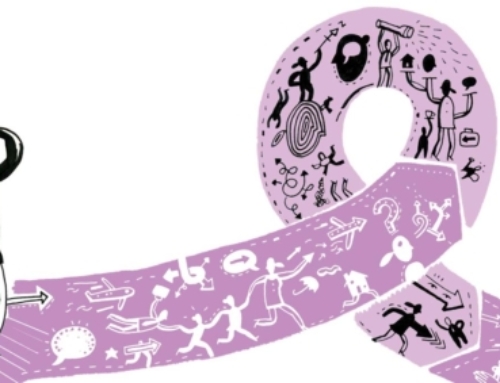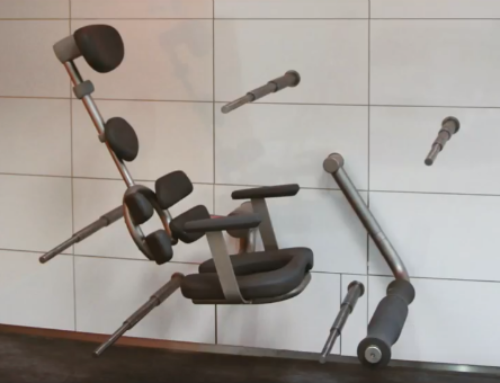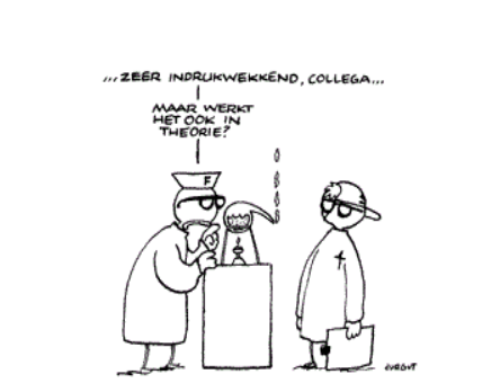The intention
The intention was to build a well-functioning missile as quickly as possible that could compete with the Soviet Union's Sputnik.
The approach
The approach was to put a lot of money into the project in a short period of time so that a good one could be built in the shortest possible time, competing missile would exist.
The result
The result was 22 failed practice flights. The rocket would not function properly.
The lessons
The learning moment was that people had not reflected fundamentally. 22 times it turned out to be a different defect. Not once did the same error occur. Only when they started doing fundamental research into the entire set-up of the program and they had learned fundamentally did they achieve a successful flight. Fixing mistakes alone is therefore not enough.
Further:
The program director of the program was very clear when he stated;
“Failure analysis is basically research, when you get down to it. You recover and learn from mistakes; you don’t do that with success.”
Author: S. J. Hogenbirk
OTHER BRILLIANT FAILURES
Who finances lifestyle in cardiac rehabilitation?
Beware of the chicken-egg problem. When parties are excited, but first ask for proof, check carefully whether you have the means to provide that burden of proof. And projects aimed at prevention are always difficult, [...]
Brilliant Failure Award Healthcare – 20 to stop coming up with new advice 2024
Wednesday 20 In November, the Brilliant Failure Awards for Healthcare will be organized for the tenth time by the Institute for Brilliant Failures.
Brilliant Failure Award Healthcare – 20 to stop coming up with new advice 2024
Wednesday 20 In November, the Brilliant Failure Awards for Healthcare will be organized for the tenth time by the Institute for Brilliant Failures.










